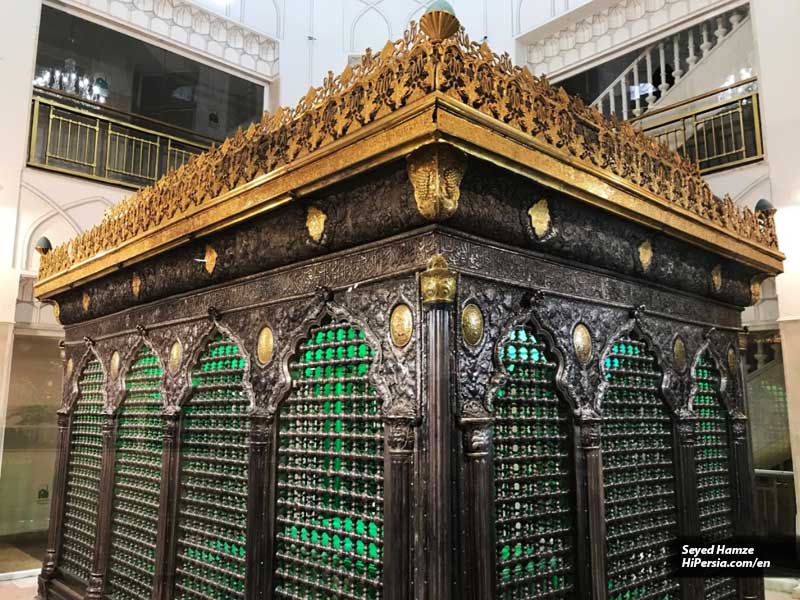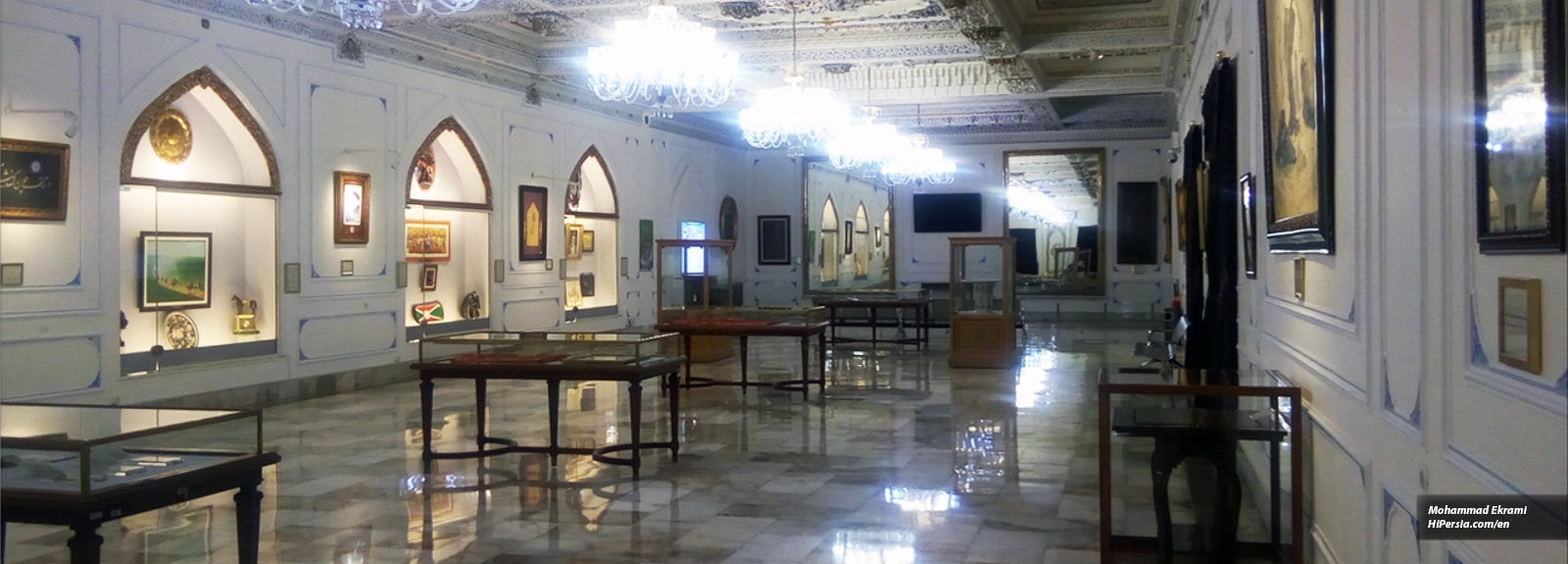1,250 Votes, Rating Value 4.17
Author: Mohammadreza Mazaheri
Edit date: 2025-07-19 11:22:05
Astan Quds Razavi Central Museum
Astan Quds Razavi Central Museum is one of the largest museums in Iran with more than one million visitors annually. You can see a variety of attractive collections of historical and artistic works at the heart of the Imam Reza shrine.
Astan Quds Razavi Central Museum is one of the most important museums of the Imam Reza shrine, located in the Sahn (a courtyard in Islamic architecture) of Kosar. When you enter the museum building, there are several entrances. The right one is the main entrance to the museum building. Astan Quds Razavi Central Museum has four floors, including a lower ground, ground floor, first and second floors. In total, you can visit the Islamic art, historical artifacts and treasures such as banknotes, coins, stamps, and postal items, aquatic animals and so on, in this museum. The construction of Astan Quds Razavi Central Museum began in 1937 on an area of 5700 meters near the Goharshad Mosque and the Tomb of Sheikh Bahai. The architecture of this museum was designed by Andre Godard, a French architect, and archaeologist. Finally, the first museum of Imam Reza shrine was inaugurated in the year 1945. The construction of this museum didn't stop there. Over the years with increasing people endowments, the decision was made to develop this museum. Thus, the second building was completed in 1975 in the south of Imam Reza shrine. The expansion of the museum continued, and more people's attention and donation of valuable property made Astan Quds Razavi Central Museum into four separate buildings today. In this article, you get familiar with the Astan Quds Razavi Central Museum, which houses a museum and 10-valuable treasures.

-
Different parts of Astan Quds Razavi Central Museum
- The Museum of Imam Reza Shrine's History:
This section of this museum exhibits a rare and valuable collection that has been collected over the last ten centuries. This section is located on the ground floor of this building. This museum is showcased the historical artifacts of Imam Reza shrine including two old Zarihs (a metal structure similar to a grille made of gold, silver, copper, wood, etc.), exterior tiles, gold plates, and unique historical decorations and a variety of mirrors, candlesticks.


- Coin Treasures:
In this part, you will find valuable coins from various eras and sections. The oldest ones date back to the BC period, while the newest ones related to the Islamic Republic. The coin treasures part is located on the lower ground.
- Treasures of stamps and banknotes:
This section of this museum houses a collection of stamps and banknotes from various periods of history. Iranian stamps of this part begin with the Qajar period and the kings' images. This part have different stamps from the first and second Pahlavi periods and the Islamic Republic as well. In total, there are about 3,000 stamps and postal items in the Astan Quds Central Museum. A full set of Qajar, Pahlavi and Islamic Republic banknotes are also showcased here. Alongside Iranian banknotes, you will find about 500 sheets of foreign currency in this treasures. The Treasures of stamps and banknotes is located on the ground floor.
- Treasures of Shellfishes and Mollusks:
The treasures of Shellfishes and Mollusks are a fascinating collection of taxidermy and mollusk marine creatures that have been exposed to their scientific names. The Treasures of Shellfishes and Mollusks is located on the first floor.

- Treasures of Paintings:
In this section, there are valuable paintings from Iranian and foreign painters, including four works by Kamal-ol-Molk. You will find paintings in the style of Naturalism, Abstract, Augusta Realism, Modern and more. The Treasures of paintings is located on the first floor.
- Treasures of pottery and glassware:
There are collections of pottery and glassware dating back to 3200 years ago in this part of this museum. These collections belong to the ranges of history, including Islamic, Ghaznavids, Seljuk, Safavid and Qajar eras. This section is located on the second floor of this museum.

- Medal Treasures:
One of the unique treasures of the Astan Quds Razavi Central Museum is a collection of medals awarded by prominent Iranian athletes such as Gholamreza Takhti, an Iranian Olympic Gold-Medalist wrestler. This section is located on the second floor of this museum.
- The Museum of Armaments:
At the Museum of Armaments, a series of Cold weapon and Firearms are showcased. Some of them dating back to the Safavid Empire. You will find items such as knives, swords, archeries, shields, helmets, axes, single-pistol and double-pistols, single-pistol rifles and so on. This section is located on the second floor of this museum.

- The Museum of Astronomical Tools and Clocks:
This section of the Astan Quds Central Museum has collected a collection of astrolabes, telescopes, spheres, models of earth movement, astronomical devices, Compasses, and qibla finders, and a variety of rulers.
The last treasure you can find on the second floor of this museum is the treasure of clocks. In this section, you will find a set of sundials and mechanical clocks that each of them have different types.
- Visiting Information:
- Visiting hours: The Astan Quds Razavi Central Museum is open daily from 9:00 AM to 8:45 PM. (Except Fridays, which is open until 12:00 PM.)
- Entrance Fee: 10,000 IRR
-
What is the best time to go?
The best time to travel to Mashhad is spring, as Mashhad has a pleasant climate. Summer is the high season of Mashhad and the weather is hot and dry. The average temperature in this city is 32° C during the summer.
-
Getting there?
The Astan Quds Razavi Central Museum is located on the south side of Imam Reza shrine. So, the eastern direction of the shrine (Navab Street) is the best way to get there.















